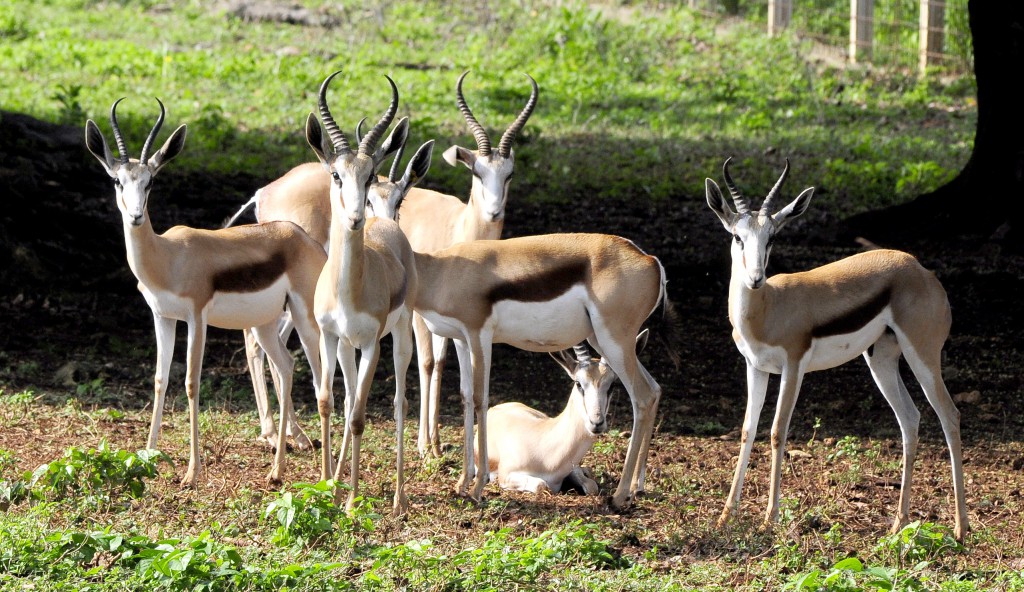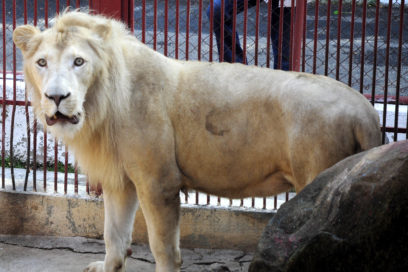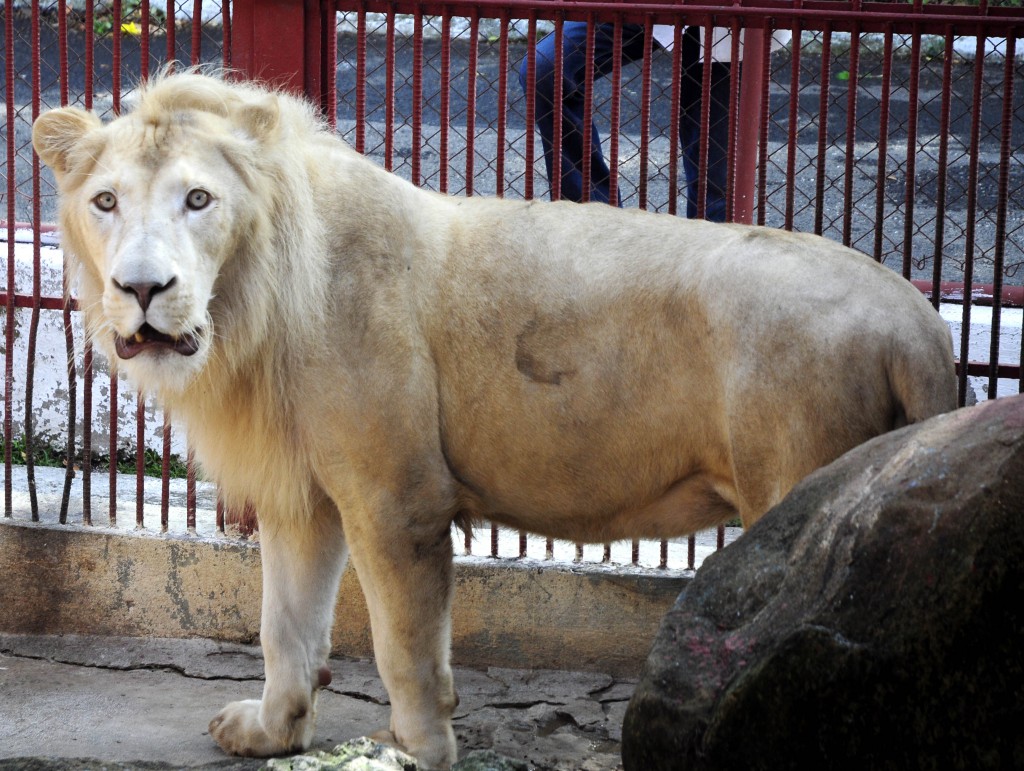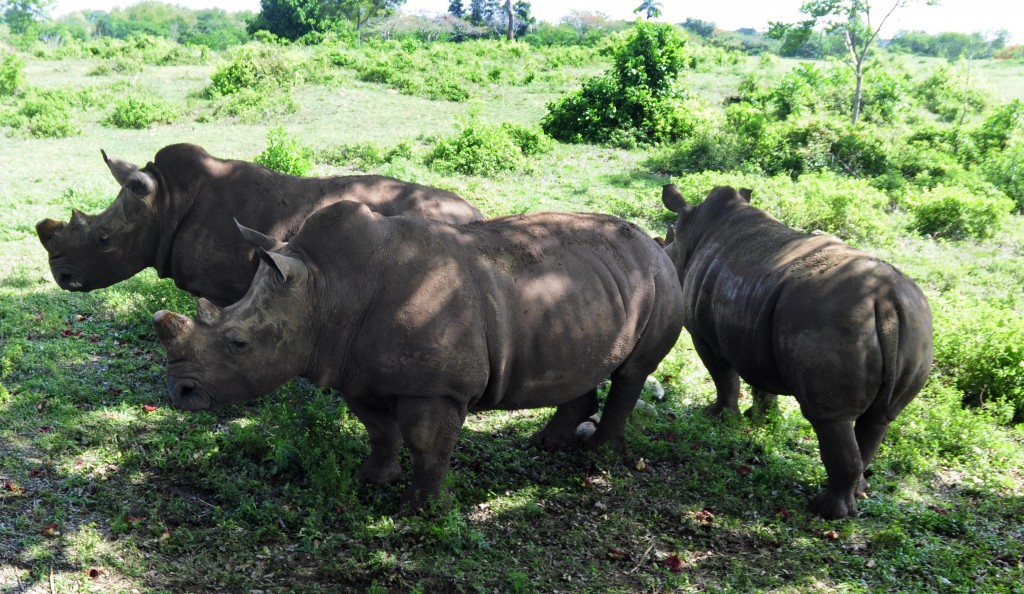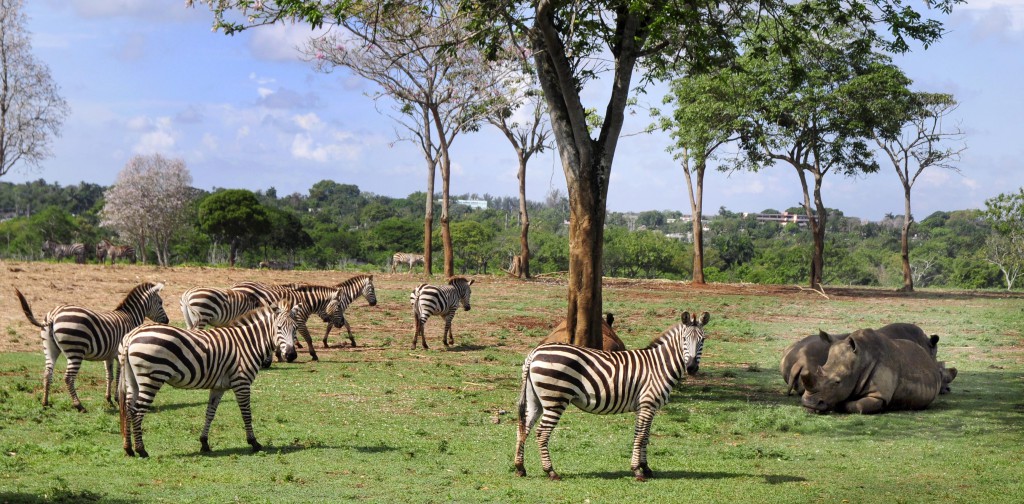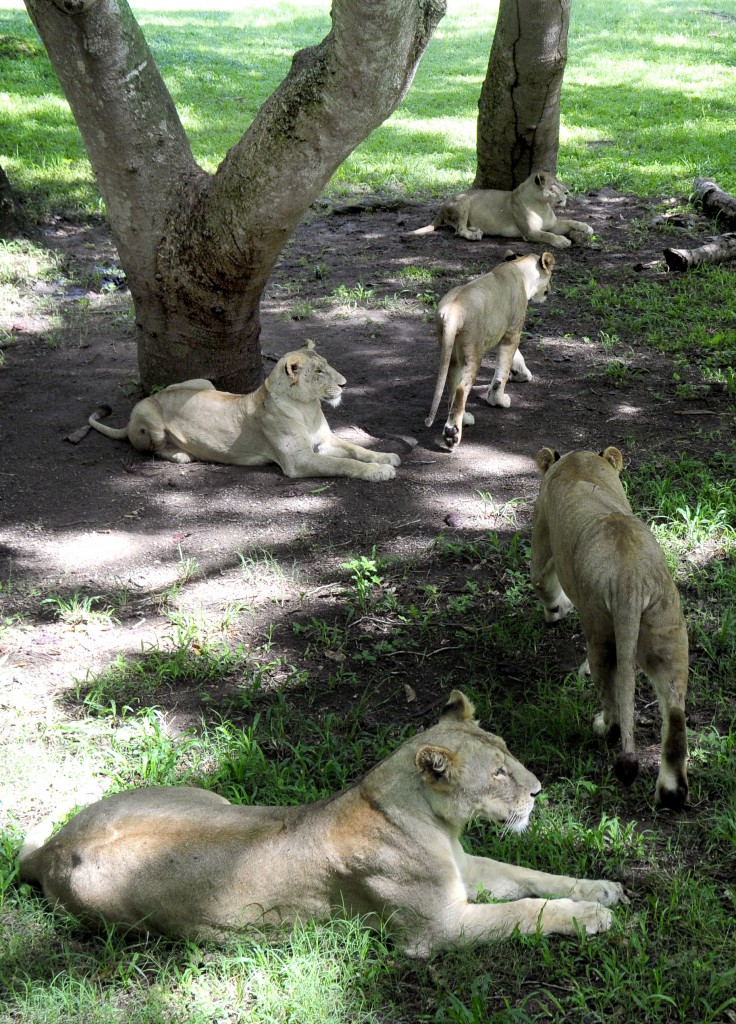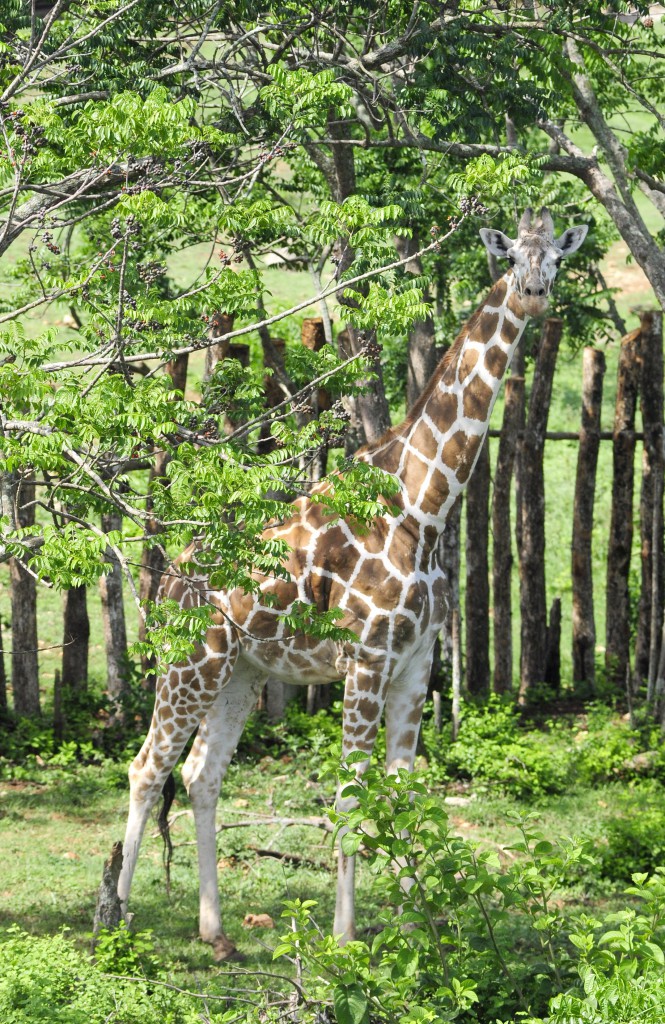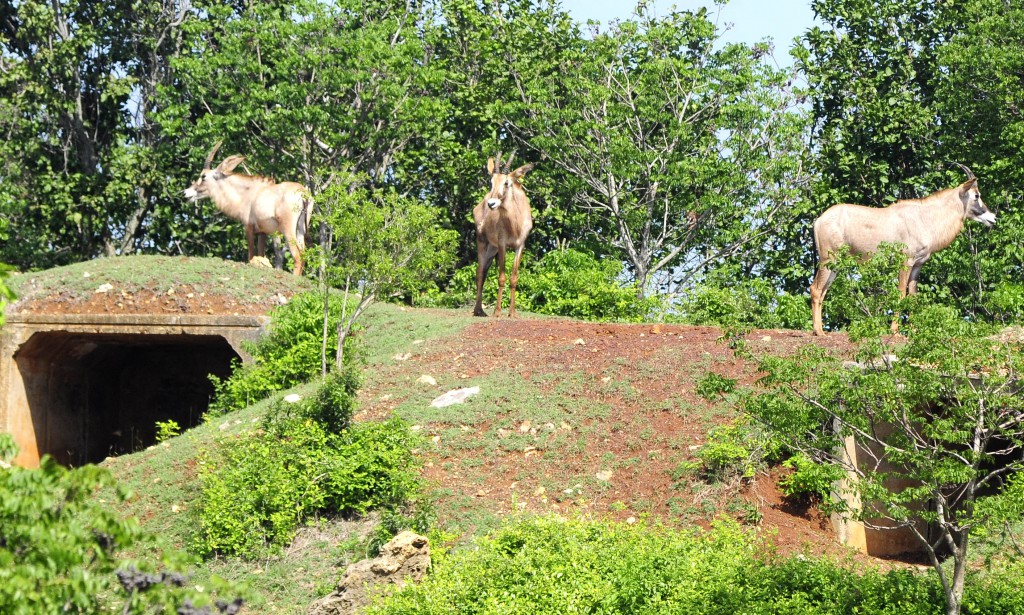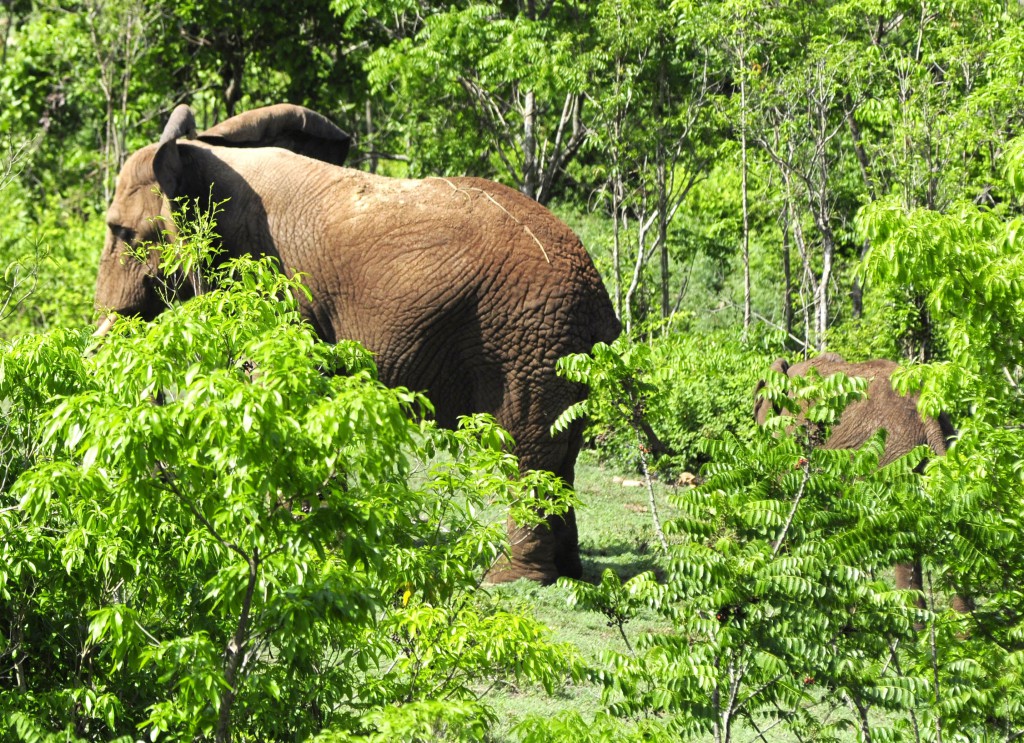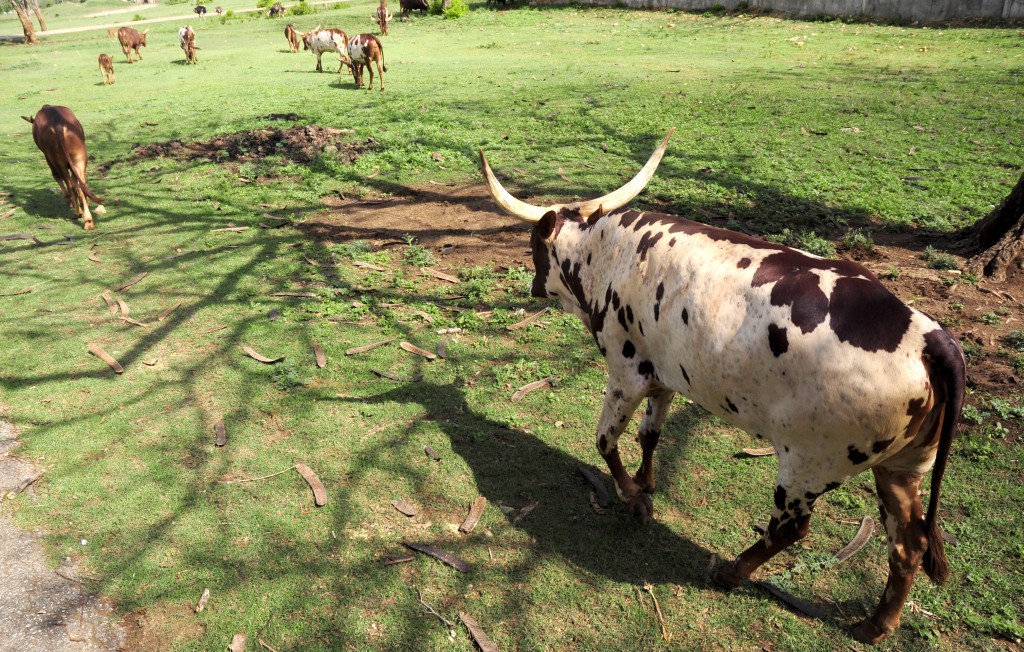Photo Roberto Carlos Medina
The National Zoo Park is near the city’s structure from Havana, Cuba since 1984 with attractive proposals for the visitors.
Lions, antelopes, zebras, hippopotamus, rhinoceros, ostriches…, curiously pose in front of the camera. They stand up to show their power and make everybody clear of the territory they own. We are at the National Zoo Park of Cuba that gives the visitors a unique experience while putting them in direct contact with the native fauna and exotic natural environment in semi-captivity conditions.
There are more than 1,000 examples from 122 specimens in the zoo. “The greatest collection of African animals in Latin America in here,” said Armando J. Barrios specialist of Public Relations of the park. “We have unique specimens in Cuba like the African elephant- increased by the purchase of four examples coming from Namibia-, the black rhinoceros, the Canadian gray wolf and the white lion, a unique example donated by the zoo from Belgrade city, Serbia.
We are in the 8th position worldwide and the 11th in reproduction in captivity of Grant zebra and white rhinoceros,” Barrios noted.
In this facility, besides the exhibition, they control protected specimens or those in danger of extinction to guarantee its reproduction and breeding in captivity.
It is easy to say 30 years, but…
Barrios feels proud for the 30th anniversary of the zoo and it is also an achievement for its staff. “This is a work made by the Cuban Revolution and we have struggled to keep it. Despite difficulties, the zoo is alive and developing. Human quality and devotion has been our main weapon. We have more than 450 workers and more than half of them have between 10 and 15 years working in this facility,” Barrios said.
Love and devotion are the words that define the job of these employees since it was founded in 1984. The majority of the workers are technicians, veterinarians and specialists, who, even though the dangers their direct work with the specimens represent, they do their very best to provide their animals adequate conditions that resembles the most of the animals’ environment.
Specialist Yudeisy Alvarez who works in the breeding area, has dedicated her life taking care of those animals that have been rejected by their mothers or cannot be in their cages because it is dangerous for them.
“It is a job that demands sacrifice but I do not change it for any other. Guards are 24 hours and we cannot sleep. In an extent is like taking care of a children’s ward in a maternal hospital. Newborn animals are like little kids. Taking care of each specimen has its peculiarity. Most of them are bred every three hours with the feeding bottle with milk specific formulas,” Alvarez said.
The task of all
The staff of the zoo gives special attention to the direction of the population in the preservation of the environment. “Environment education is really important for us,” the main specialist in this branch Idalmis Guillen said.
“According to this – she noted-, all the activities we schedule are with the goal to educate, motivate and entertain the public. We devote a lot to the education of children and young people, because they are future workers of the zoo.
“We have 14 workshops for the boys and girls of this community in zoology, environment education, veterinary, handicrafts and gastronomy among other topics,” she said.
“Those who have graduated from these workshops can better talk about it. Some of them have at present become workers of this institution,” Guillen highlighted.
The main goal of the zoo’s guides is that every visitor leaves this facility committed and conscious of the need in taking care of nature.
As soon as the safari starts they explain the hygiene and security regulations: “You should not feed the animals; keep off the grass; no dumping, and of course; do not get your hands out of the bus while traveling in the lions’ ditch,” Guillen stressed.
Despite the difficulties to get to the zoo, due to the difficulties with the transportation, it is worth get to the National Zoo Park. The clean air, the flora, fauna and the treatment of the staff, really compensate difficulties. Varied gastronomic offer, cultural, sports and entertainment activities can give you the possibility of a special day.
